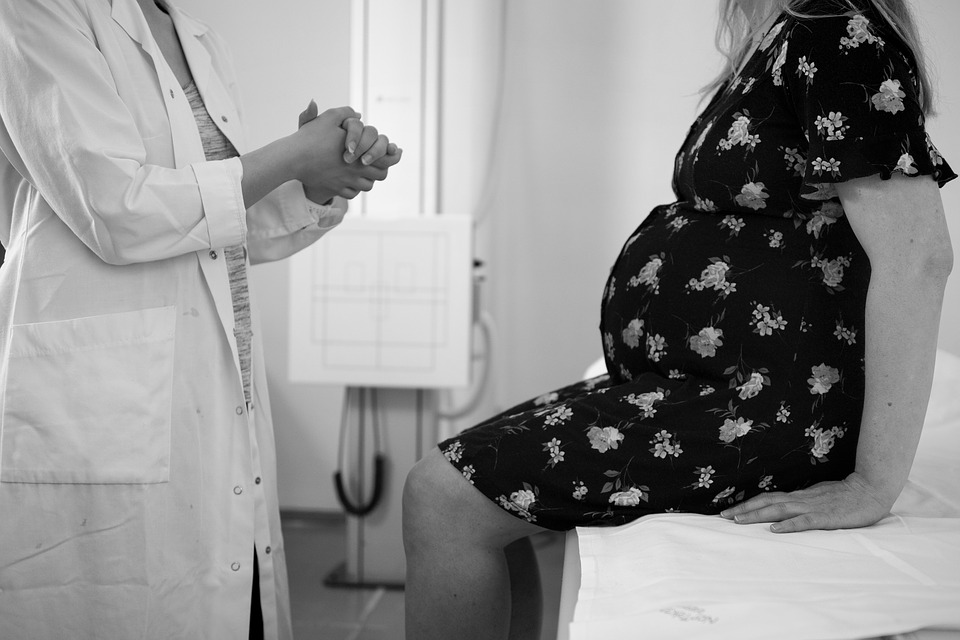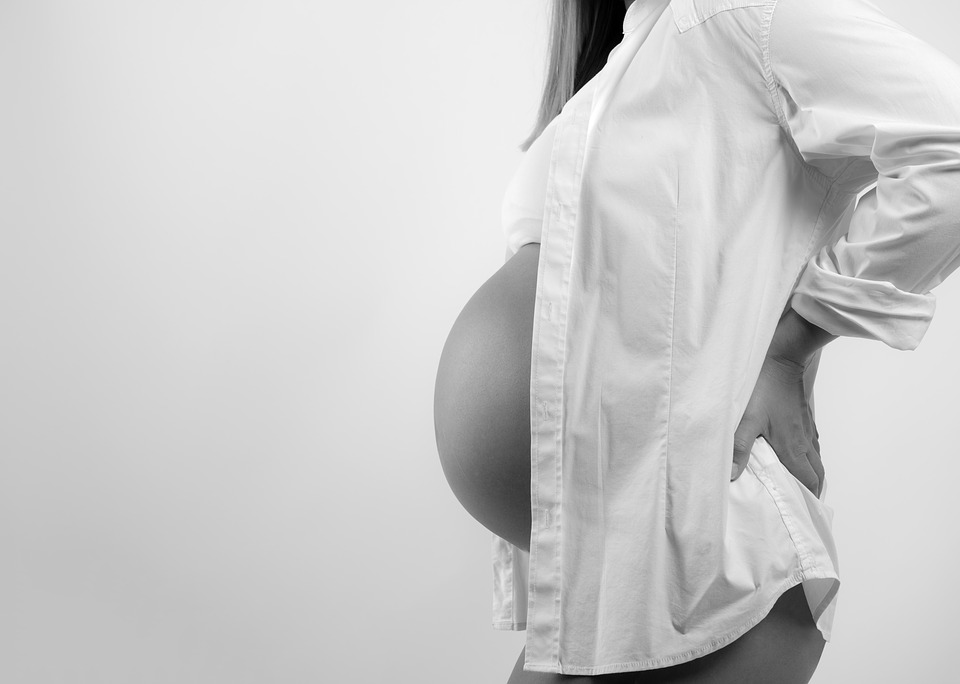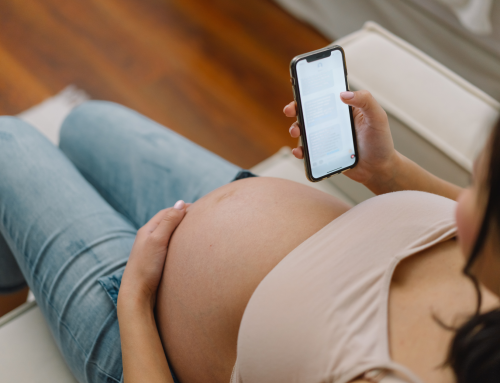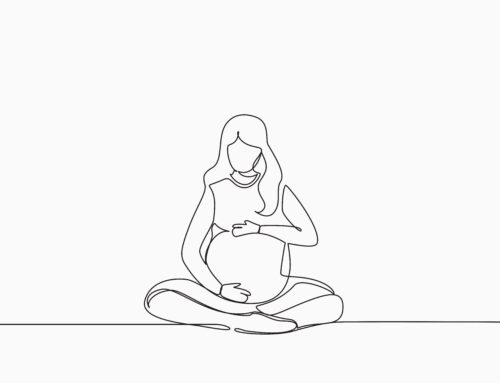Complications with Labor
With most pregnancies, labor and delivery occur without any issues. Serious problems and complications seldom arise during labor, and if they are serious, OBGYNs/Mid-Wives would be able to detect it early. However, problems sometimes develop unexpectedly. Here are some difficulties that may happen during labor:
Labor is Progressing Slowly

The midwife or doctor can detect when labor is progressing slowly by checking the width of the cervix opening. This is how they determine contractions during birth. If your cervix is opening slowly or stopping completely, your doctor may recommend certain strategies to speed up those contractions. Some include:
- Changing positions
- Walking around the room – this can encourage the contractions with movement
- Warm shower or bath
- Taking a nap
- Getting a back rub
- Eating or drinking something small
Baby is in an Unusual Position

With most babies, they are born headfirst. However, it is important to be mindful of other positions that may complicate labor.
- Posterior Position – The baby is head-down but facing your abdomen instead of your tailbone. This can give you a significant backache during labor. Some babies will turn their heads around, but others will not. In this case, the doctor will attempt to turn the baby’s head around with forceps or a vacuum pump.
- Breech Birth – This occurs when the baby’s buttocks and/or feet are positioned to deliver first. This is very common with twins. In some cases, a procedure known as an external cephalic version will occur, The doctor will gently turn the baby in late pregnancy by placing their hands on your abdomen and shifting him/her so he/she can be born headfirst. The procedure is done in the hospital in case an emergency C-Section must be done.
Baby is Experiencing Distress

Sometimes, during labor, the baby may experience distress. There are a few signs that may emerge, including the baby having a faster, slower or unusual heartbeat and the baby producing a bowel movement. If this is the case, the doctor may intervene with the vacuum or forceps to speed up the delivery, or a C-Section may take place.
Excessive Bleeding

During vaginal delivery, women on average lose 500 milliliters of blood with a single baby. In a C-Section, a woman can lose 1,000 milliliters of blood. This normally occurs within 24 hours after delivery (primary/immediate bleeding) or up to 12 weeks later (secondary bleeding). However, a form of secondary bleeding, formerly known as postpartum hemorrhage can occur but is very rare. This occurs after the placenta is extracted and the uterine contractions are too weak to provide enough compression to the blood vessels where the placenta was joined with the uterus. Some causes include:
- Part of the placenta being left in the womb, also known as a retained placenta
- Infection of the membrane lining the womb – endometritis commonly causes this
If you are experiencing anything unusual during labor, be honest with your doctor. Although labor may not be the most fun part of the pregnancy, you want to ensure the smoothest process possible.
Sources:





